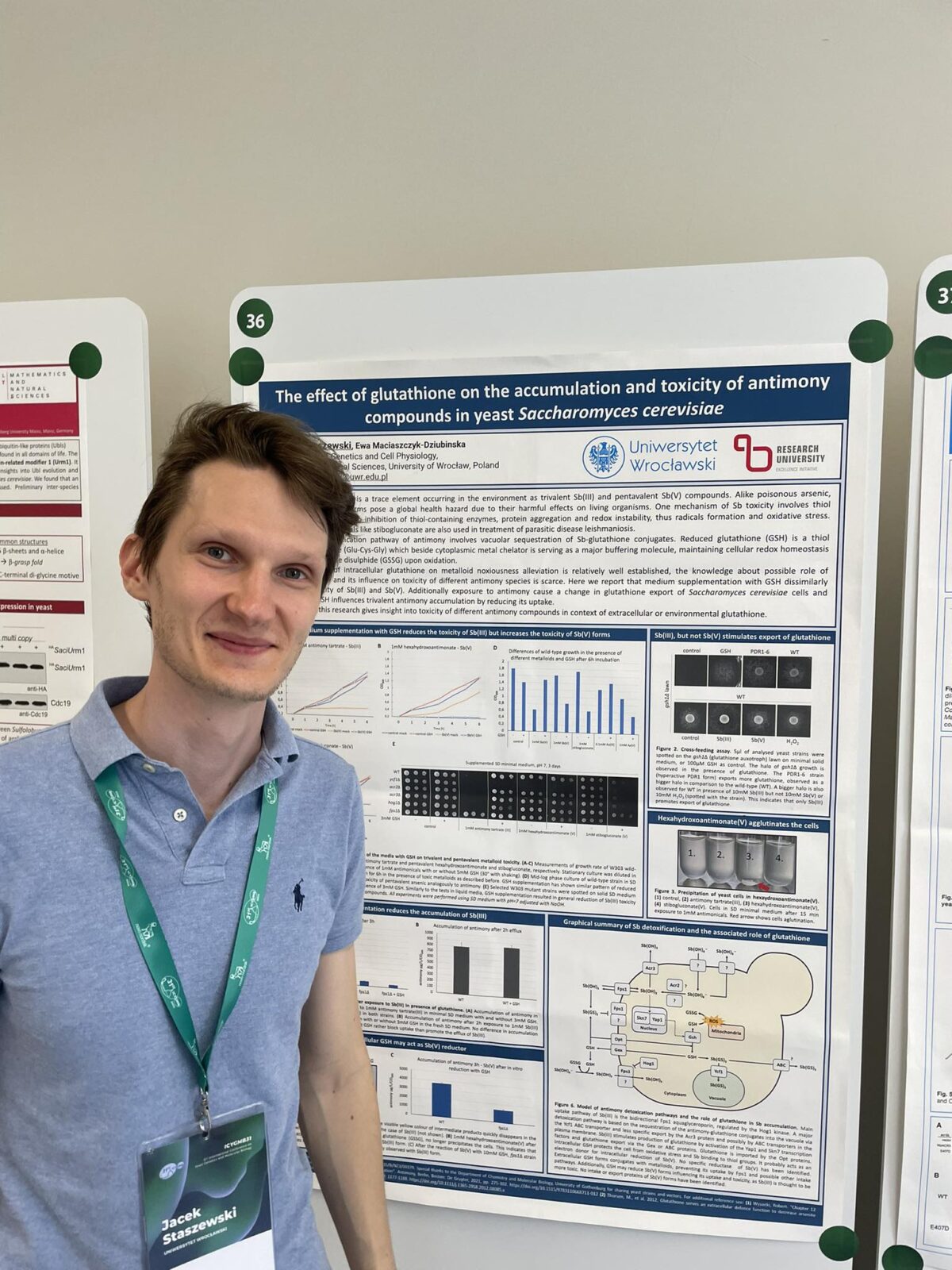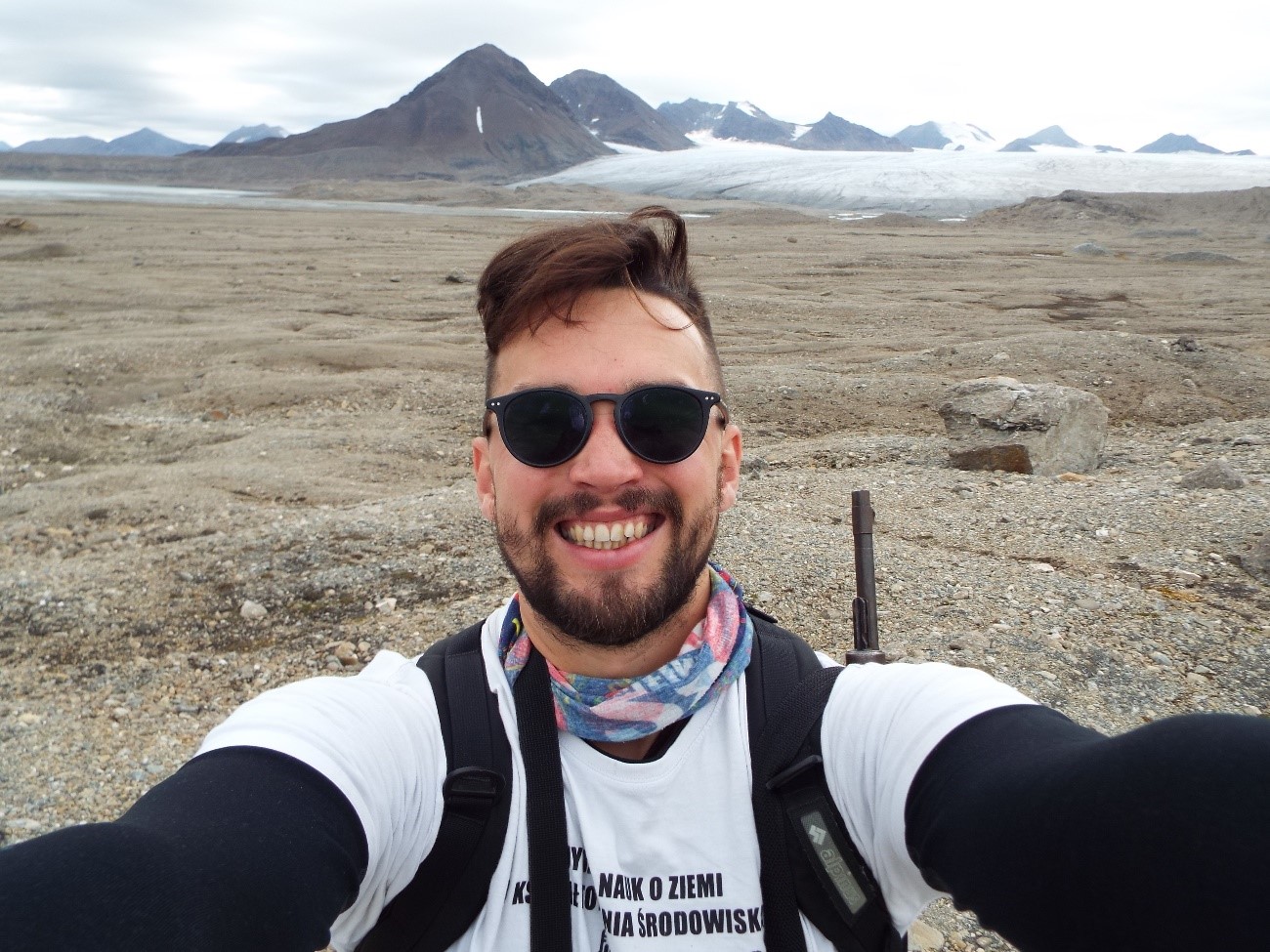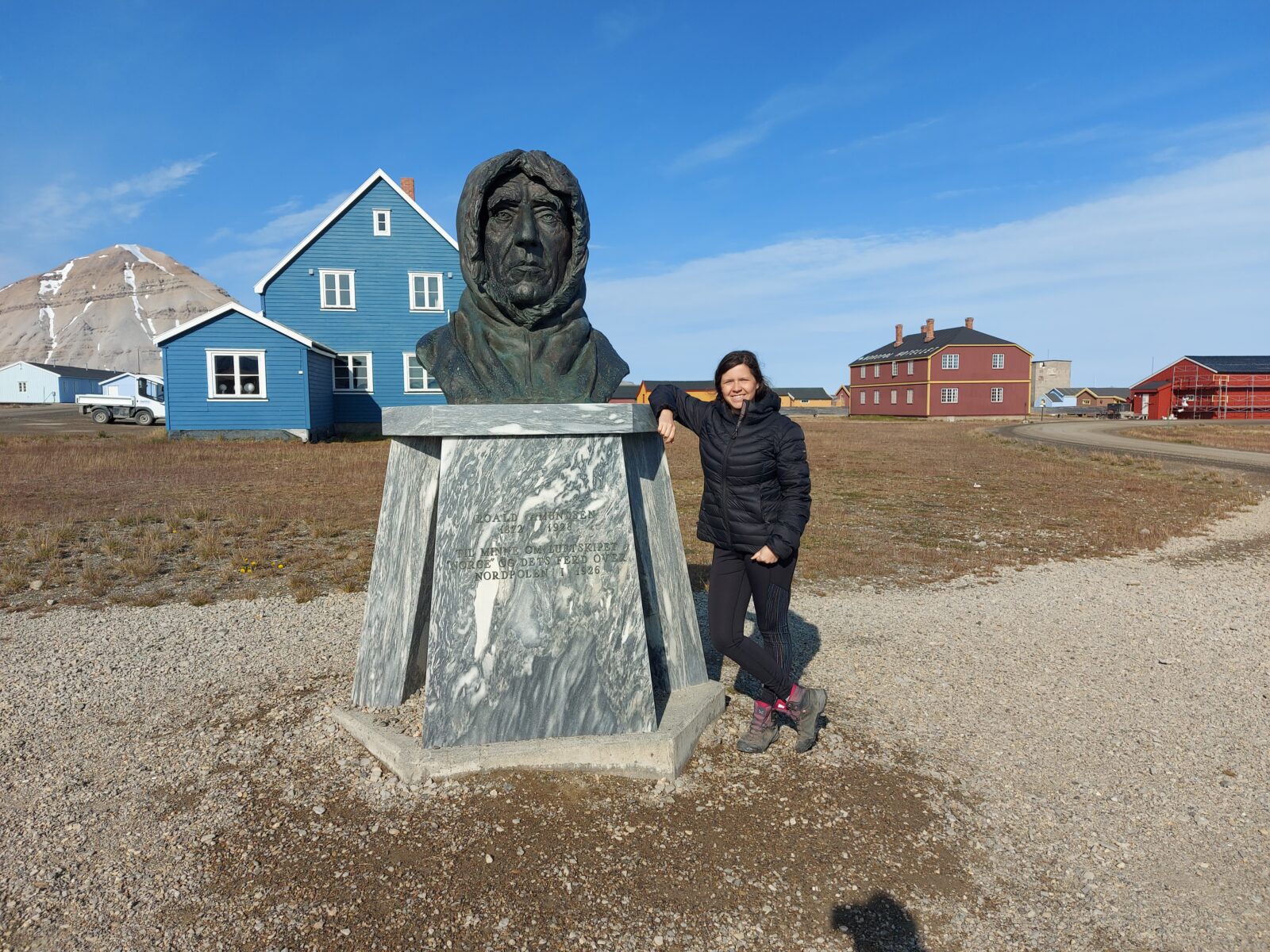
Grants for young researchers
Thanks to the funding of additional research projects in the OPUS 25, PRELUDIUM 22, MAESTRO 15 and SONATA BIS 13 competitions, the number of winners of these competitions increased from 452 to 774 researchers.
This was made possible by the Ministry of Science and Higher Education increasing the budget of the National Science Center by PLN 200 million in 2024.
– I am very pleased that the increase in NCN funding has also given a chance to applications from reserve lists – stresses prof. Partcja Matusz, vice-rector and plenipotentiary of the Minister of Science for European Affairs and the Polish Presidency of the Council of the European Union.
With the additional pool, grants will go to a total of 11 of our researchers.
The ranking list of proposals recommended for funding under the PRELUDIUM 22 competition included Jacek Staszewski, Iwo Wieczorek and Aleksandra Wołoszyn. Get to know their scientific interests.
Jacek Staszewski of the Faculty of Biological Sciences will receive PLN 139,080 for the project “Nonsense-mediated decay (NMD) a regulacja transkryptomu w odpowiedzi na antymon” (Nonsense-mediated decay (NMD) and regulation of the transcriptome in response to antimony).
The aim of the project is to study the role of the specific degradation process of defective RNA molecules (NMD), looking for its effect on genes involved in the recognition and molecular response of the cell to antimony compounds. – We will use baker’s yeast and modern sequencing methods for the study – explains our researcher.

Antimony is an element in the group of semi-metals, mainly used in industry. It has also found use in medicine as an ingredient in drugs against the tropical parasite Leishmania. However, most forms of antimony are highly toxic to all organisms and pose a threat to human health, especially to those living in contaminated regions. The molecular mechanisms used by cells to offset the toxic effects of antimony, including the observed effects of NMD, are still very poorly understood.
– The knowledge gained from the research will help us better understand the role of the NMD process in antimony stress and the negative effects of antimony on human health – the researcher explains. – In the future, it could also contribute to the creation of organisms designed to clean up contaminated areas, crops with reduced antimony accumulation, or more effective therapies for Leishmania.

Iwo Wieczorek of the Faculty of Earth and Environmental Management will receive PLN 139,690 for the project “GLOWS — Jeziora i powodzie glacjalne w ocieplającym się Svalbardzie” (GLOWS — Glacial lakes and outburst floods in warming Svalbard).
glacial lakes in the world, which are still growing and, due to their location in an intensely transforming landscape, create the geohazard of Glacial Lakes Outburst Floods (GLOWS) – the researcher points out. – These sudden runoffs, often of entire lakes as a result of breaches in their damming structures (among other things: moraines and ice), lead to a pronounced transformation of runoff zones in areas such as Svalbard, and in densely populated regions such as the Himalayas lead to significant property damage.
The goal of the GLOWS project is to learn about the frequency and number of GLOFs in the catchment area of Svalbard’s largest and most visited fjord, Isfjord.
– Using a range of remote sensing and field methods, I aim to create a GLOF risk map of Isfjord thereby improving the logistics of the tourism industry in the region, but especially scientific expeditions and the safety of residents – explains our researcher.
He ties his scientific plans to studying Svalbard’s glacial floods, understanding the mechanics that control them, and translating that knowledge to other, often densely populated polar and mountainous areas. – I’d also like to use the knowledge gained in polar research to better manage flood emergencies in the Giant Mountains.
Aleksandra Wołoszyn of the Faculty of Earth and Environmental Management for the project “CaLIA – Małe zlewnie arktyczne w warunkach po Małej Epoce Lodowej – wypełnienie luki wiedzy z początku lat 60-tych dla małych zlewni na Ziemi” (Wedela Jarlsberga CaLIA ‒ Small Arctic Catchments in post-Little Ice Age conditions – filling the early 1960’s knowledge gap for small catchments in the Wedel Jarlsberg Land)” will receive PLN 130,416.00.

Research in the CaLIA project is concerned with landscape changes such as glacier recession, the formation or disappearance of lakes, and the presence of niches in the lowlands between the end of the Little Ice Age and the early 1960s (before satellite missions) in small Arctic catchments on Spitsbergen.
The research will be based on oblique aerial photographs from 1960 and 1961 for Wedel Jarlsberg Land (SW Spitsbergen, Svalbard). – Modern technology allows us to use aerial data, for example, to reconstruct the landscape – the scientist explains. – We plan to make an orthophotomap and a numerical terrain model allowing us to compare them with data from the 1930s and 1990s. Through the CALIA project, we will try to answer the question of how the landscape of small Arctic catchments has changed since the end of the Little Ice Age.
In the future, our doctoral student would like to continue working in the polar regions, analyzing glacier recession and vegetation development in areas uncovered from under the ice. – I would also like to do a post-doc trip, during which I could learn about new research methods used in polar or high mountain areas – she adds.
complied by Katarzyna Górowicz-Maćkiewicz



